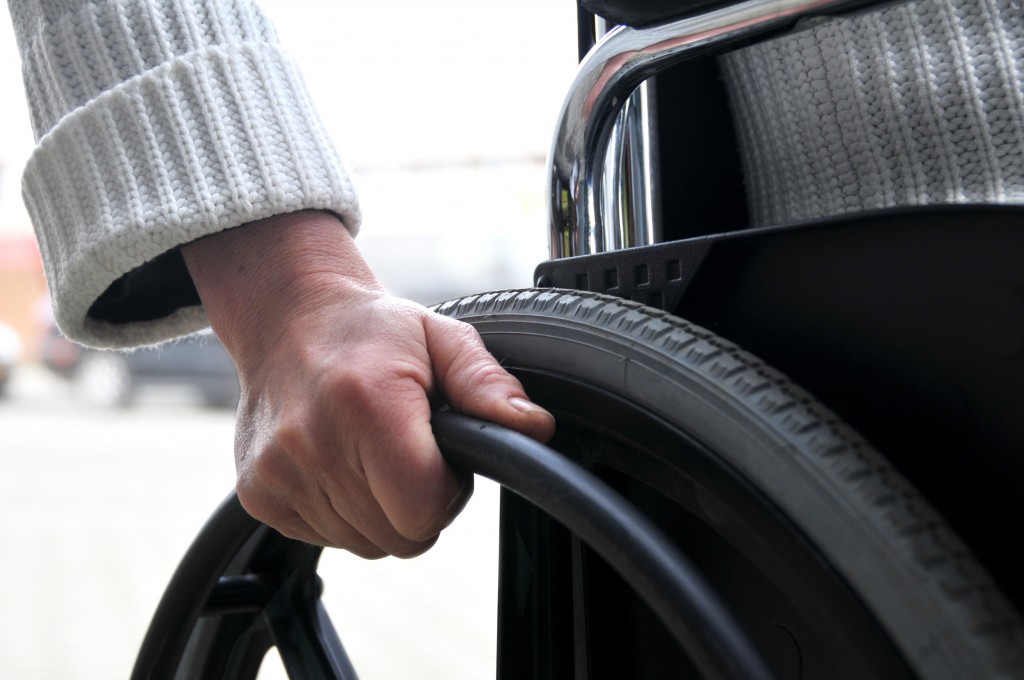
Durable Medical Equipment
Many users of durable medical equipment (DME) have questions about what is or is not approved or covered by Medicare. Following is a summary of the most recent information published by the federal government Centers for Medicare & Medicaid Services (CMS) on Medicare coverage as it relates to durable medical equipment and related supplies.
What is DME?
According to CMS, durable medical equipment includes such items as home oxygen equipment, hospital beds, walkers, and wheelchairs. Although CMS categorizes prosthetic devices, orthotic items, and prostheses separately, items falling under those categories are generally approved or covered under Medicare in the same manner as DME.
Prosthetic devices are devices used to replace all or part of internal organs. Orthotic items are external devices used to correct defects of form or function in the body. Prostheses are used as substitutes for missing body parts such as legs, arms, or eyes.
What items does Medicare cover?
Following are items Medicare approves and covers by category:
Durable Medical Equipment:

- Air fluidized beds
- Blood glucose monitors
- Bone growth stimulators
- Canes (other than white canes for the blind)
- Commode chairs
- Crutches
- Home oxygen machines and supplies
- Hospital beds
- Infusion pumps and some medicines used in them
- Lymphedema pumps/pneumatic compression devices
- Manual wheelchairs
- Nebulizer sand some medicines used in them (if reasonable and necessary)
- Patient lifts (to help move a patient from a bed or wheelchair)
- Powered wheelchairs
- Scooters
- Suction pumps
- Traction equipment
- Transcutaneous electronic nerve stimulators
- Ventilators or respiratory assist devices
- Walkers
Prosthetic and Orthotic Items:
- Arm, leg, back, and neck braces
- Artificial limbs and eyes
- Breast prostheses (including a surgical brassiere) after a mastectomy
- Cardiac pacemakers
- Enteral nutrition pumps
- Ostomy supplies for people who have had a colostomy, ileostomy, or urinary ostomy
- Prosthetic devices needed to replace an internal body part or function
(Source: Centers for Medicare & Medicaid Services Medicare Coverage of Durable Medical Equipment and Other Devices)
Covered Medicare supplies also include therapeutic shoes for people who have severe foot disease as a result of diabetes. According to the CMS:
- The doctor who treats your diabetes must certify your need for therapeutic shoes or inserts
- A podiatrist or other qualified doctor must prescribe the shoes and inserts
- A doctor or other qualified individual (such as a pedorthist, orthotist, or prosthetist) must fit and provide the shoes
Coverage is limited to one pair of therapeutic shoes and inserts per calendar year. If appropriate, shoe modifications may be substituted for inserts.
Medicare covers corrective lenses including cataract glasses, conventional glasses and contact lenses, and intraocular lenses for people who have had cataract surgery. An ophthalmologist or optometrist must prescribe these items, and coverage is limited to one pair of eyeglasses or contact lenses after each cataract surgery with an intraocular lens.
